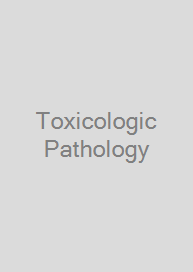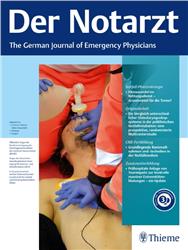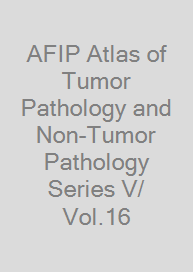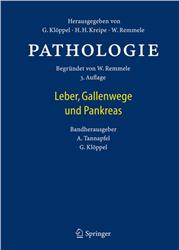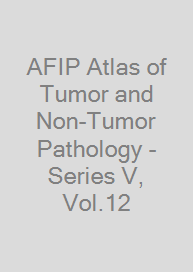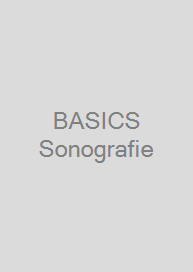Toxicologic Pathology
A Primer
| Auflage | 2024 |
| Seiten | 446 pp., 308 illus. |
| Verlag | Taylor & Francis |
| ISBN | 9780367364670 |
| Artikel-Nr. | 775126 |
Lieferzeit ca. 2 Wochen
Produktbeschreibung
There has been an enormous growth of interest in the field of toxicologic pathology and particularly on its impact on nonclinical safety assessment in global drug development and in the environment. Toxicologic pathologists play an important role in detecting test article-related adverse effects by characterizing morphologic changes in animal tissues and/or body fluids under prescribed study conditions or less clearly defined conditions in the environment and in the interpretation of these findings relative to human risk. In fact, pathology evaluation is often the single most important decision-making factor in nonclinical safety assessments as 80% of drug candidate attrition has been attributed to pathology findings in toxicity studies. There are currently no primers or basic overviews covering the field of toxicologic pathology, whereas there are at least several basic books that cover the sister field of toxicology.
Toxicologic Pathology: A Primer is a practical, easy-to-use reference designed to contain core information provided by board-certified veterinary pathologists, all experts in the field. The Primer contains the basic, underlying principles of toxicologic pathology at the introductory level; thus it will be valuable to the veterinary pathology student who may be considering a career in the field as well as a companion to the seasoned toxicologic pathologist who wants a succinct refresher. The Primer is arranged as chapters presenting each major organ system preceded by an overview chapter covering the field of toxicologic pathology followed by a “concept” chapter describing the role of toxicologic pathology in drug development. Photomicrographs and illustrations provide visual context.
The organ system chapters provide histopathologic descriptions of lesions observed in toxicity studies of test articles in drug development and testing of chemicals that may negatively impact the environment. Each organ system chapter provides additional information related to a particular lesion to aid the reader in better understanding its toxicologic significance relative to human risk.
Each organ system chapter contains:
A brief introduction
A succinct description of the anatomy and physiology of the system
Descriptions of the most important pathological lesions
Differential diagnoses
Biological consequences, pathogenesis, and/or mechanism of lesion formation
Associated clinical pathology correlates
Nonclinical safety scientists such as study directors, non-pathology-oriented contributing scientists such as senior toxicology report reviewers, scientific management of Contract Research Organizations (CROs), and students should find the Primer useful in helping them understand the fundamentals of toxicologic pathology.
Toxicologic Pathology: A Primer is a practical, easy-to-use reference designed to contain core information provided by board-certified veterinary pathologists, all experts in the field. The Primer contains the basic, underlying principles of toxicologic pathology at the introductory level; thus it will be valuable to the veterinary pathology student who may be considering a career in the field as well as a companion to the seasoned toxicologic pathologist who wants a succinct refresher. The Primer is arranged as chapters presenting each major organ system preceded by an overview chapter covering the field of toxicologic pathology followed by a “concept” chapter describing the role of toxicologic pathology in drug development. Photomicrographs and illustrations provide visual context.
The organ system chapters provide histopathologic descriptions of lesions observed in toxicity studies of test articles in drug development and testing of chemicals that may negatively impact the environment. Each organ system chapter provides additional information related to a particular lesion to aid the reader in better understanding its toxicologic significance relative to human risk.
Each organ system chapter contains:
A brief introduction
A succinct description of the anatomy and physiology of the system
Descriptions of the most important pathological lesions
Differential diagnoses
Biological consequences, pathogenesis, and/or mechanism of lesion formation
Associated clinical pathology correlates
Nonclinical safety scientists such as study directors, non-pathology-oriented contributing scientists such as senior toxicology report reviewers, scientific management of Contract Research Organizations (CROs), and students should find the Primer useful in helping them understand the fundamentals of toxicologic pathology.
Fachzeitschriften

Bleiben Sie informiert!
Melden Sie sich für den frohberg.de-Newsletter an und nutzen Sie jetzt Ihre Vorteil:- Willkommens-Dankeschön: Beatmungsmaske Rescue Me
- Aktuelle Neuerscheinungen und Empfehlungen
- Exklusive Angebote und Kongress-Highlights
